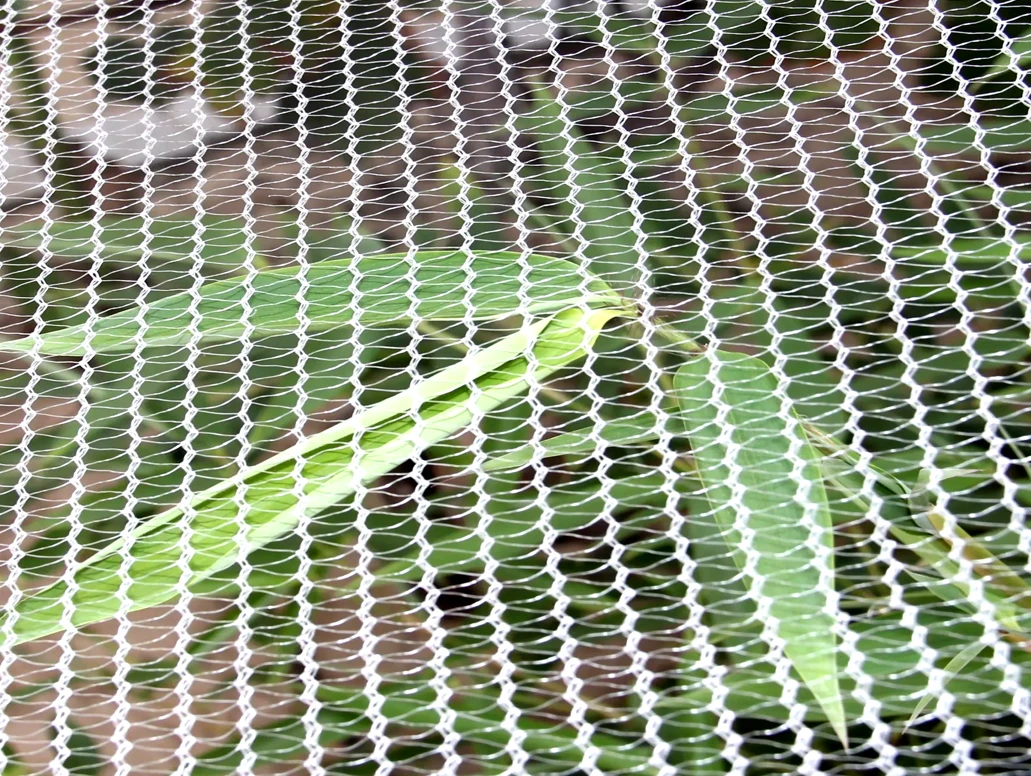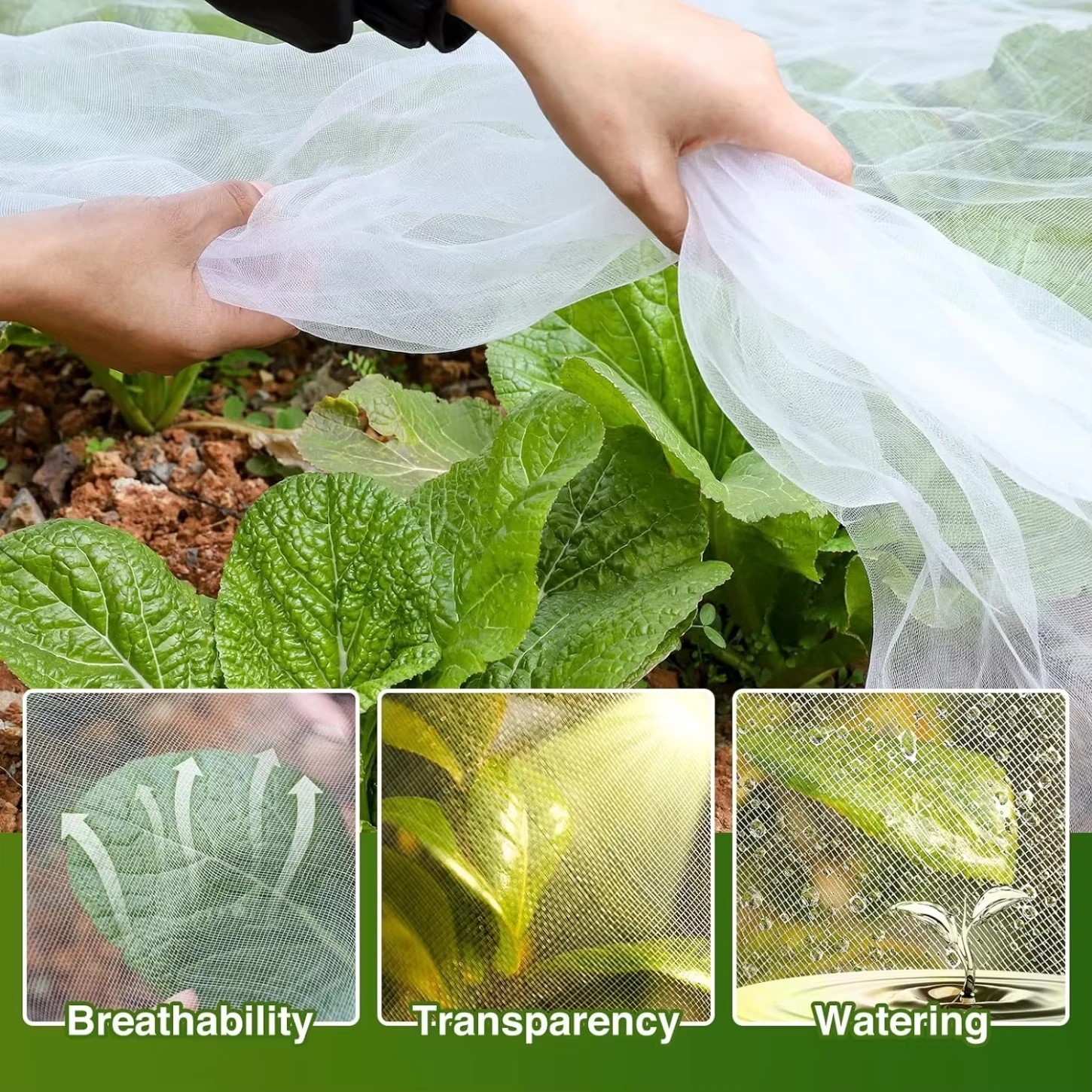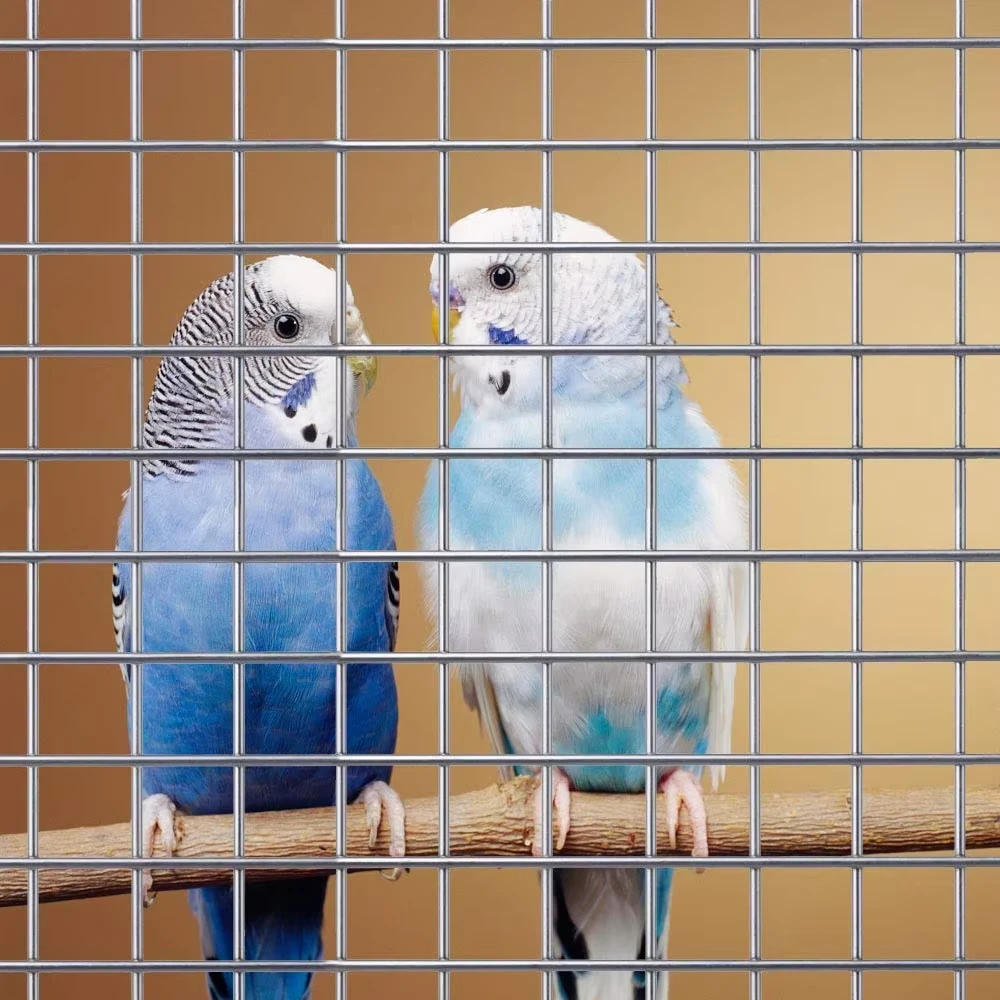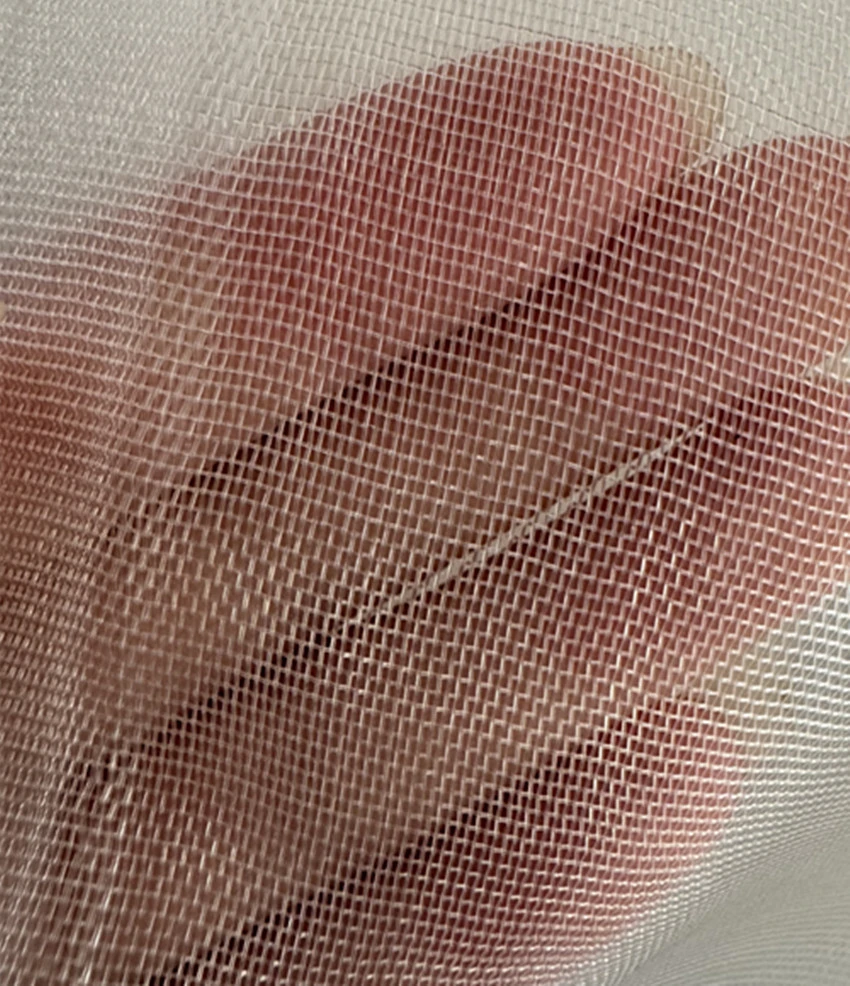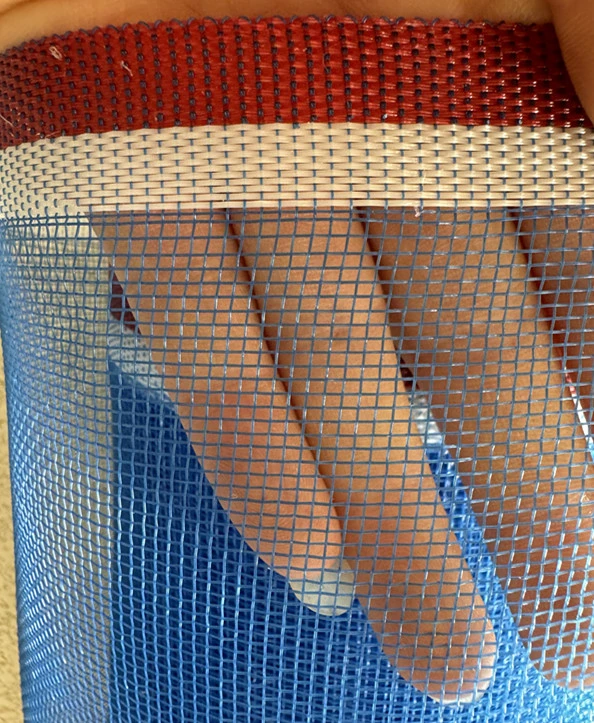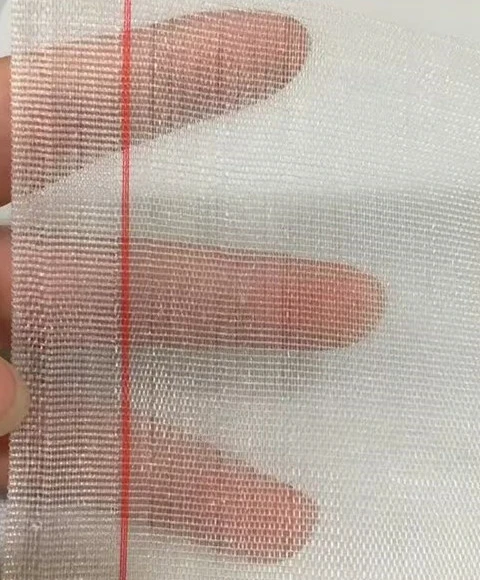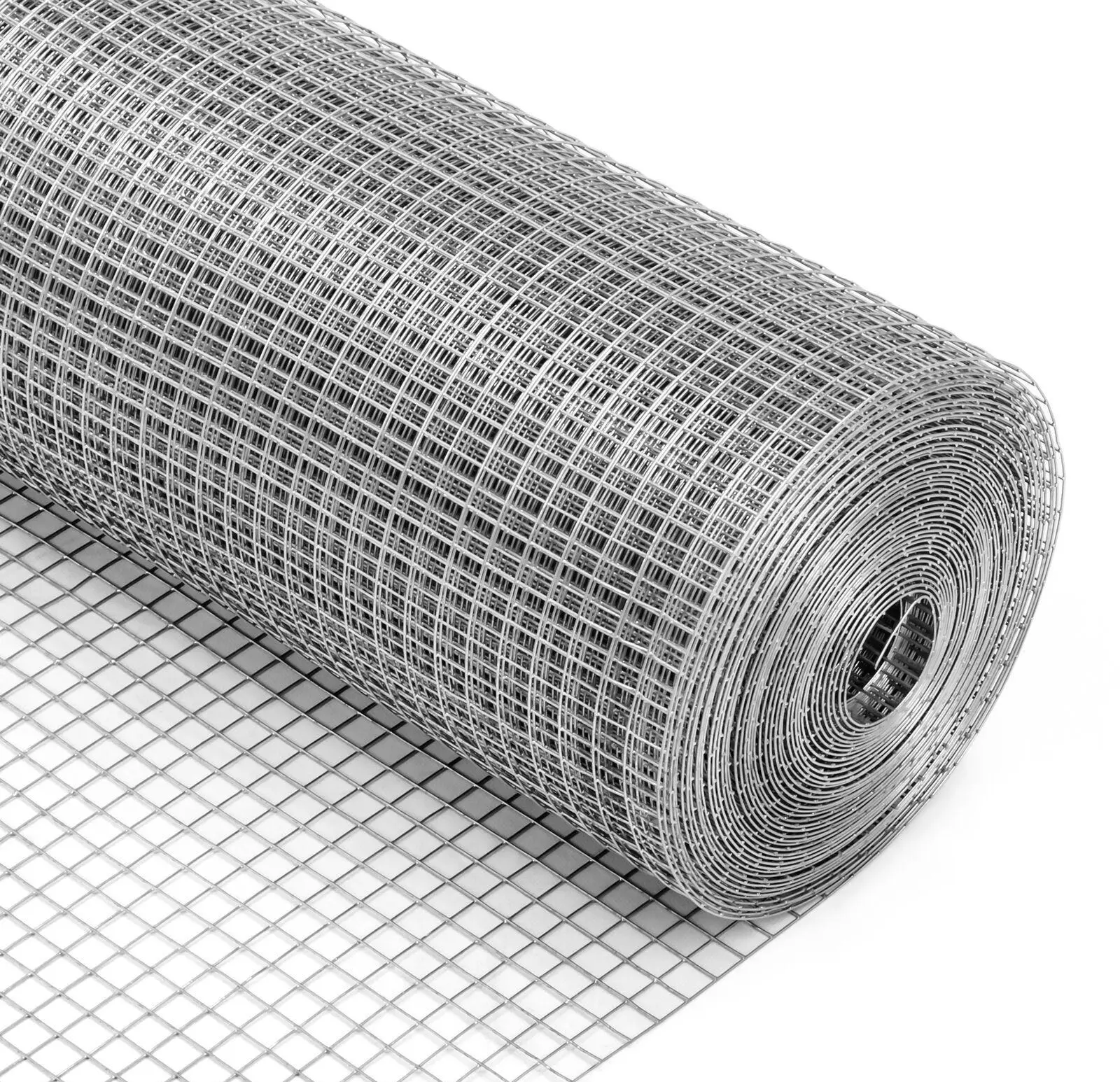Need Heavy-Duty Bird Netting that's Safe & UV-Stable?
A Field-Tested Look at Modern Bird Netting: What Pros Actually Buy
If you’ve ever watched a week’s worth of cherries disappear overnight, you already know why bird netting matters. The model I’ve been seeing on real job sites lately is the Heavy Duty Anti Bird Netting Garden Deer Fence Netting from YJ Wire Mesh (China). It’s not flashy—just tough UV-stabilized polyethylene that holds up under sun and winter rain. And, to be honest, that’s what growers and facility managers actually ask for.
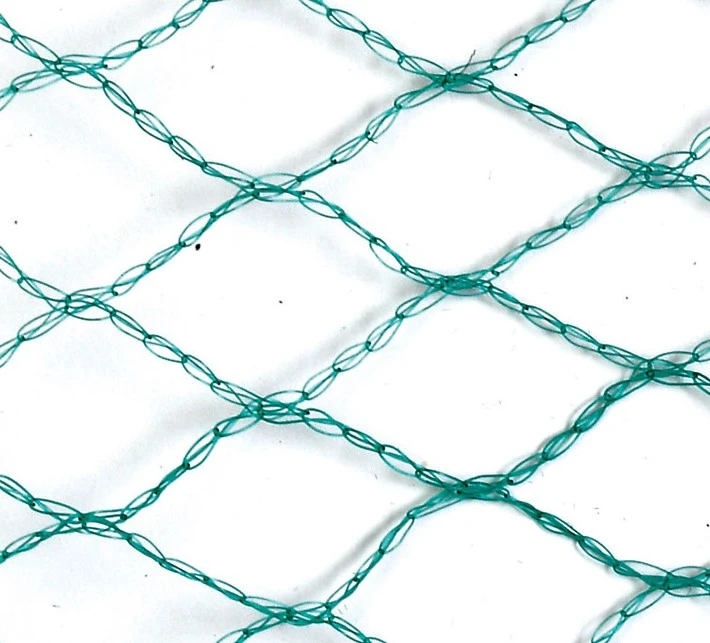
What’s changing in the market
Two clear trends: denser meshes for smaller pests (finches, starlings) and longer service life claims backed by UV testing. Many customers say they’re done with one-season throwaways. They want five-year performance, ideally more. I guess it’s the combination of rising labor costs and weather volatility—replacing nets mid-season is just not acceptable anymore.

How this net is built (and why it matters)
The fabric is high-density polyethylene (HDPE) with UV-resistant additives. Available as knotted or knotless—growers with mechanized installation often choose knotless for smoother pulling, while orchardists who want maximum snag resistance stick to knotted. The brand positions it as multi-threat protection: bird netting that also helps deter deer, cats, dogs (with proper anchoring).
| Spec | Typical Value (≈, real-world may vary) |
|---|---|
| Material | UV-stabilized HDPE, anti-aging, anti-oxidation |
| Mesh size | 15–40 mm (customizable for species control) |
| Configuration | Knotted or knotless |
| Tensile / mesh break | ≥150–300 N per ISO 1806 testing |
| UV retention | ≥80% strength after 1,000 h ASTM G154/ISO 4892-3 |
| Service life | ≈5–8 seasons in temperate climates; harsher zones vary |
| Temp range | -25°C to 60°C |
Process and quality flow (the short version)
- Resin selection: HDPE + UV masterbatch (screened to REACH/RoHS)
- Extrusion and drawing: controlled denier for target strength
- Weaving/knitting: set mesh geometry; knotted or knotless
- Heat setting: dimensional stability
- Testing: ISO 1806 mesh break; ISO 527 tensile on strands; ASTM G154 UV
- Packing: roll or panel, labeled by mesh and lot for traceability

Where it actually gets used
- Orchards and vineyards (side netting, drape-over canopies)
- Berry tunnels and raised beds (low hoop covers)
- Warehouses, loading bays, hangars (perimeter exclusion)
- Marinas and rooftops (gulls, pigeons—less guano cleanup)
- Solar farms and substation yards (asset protection)
Case note, Central WA vineyard: After switching to denser 20 mm bird netting, bird injury on Pinot Noir clusters dropped from ≈12% to under 3% across two harvests; crews reported fewer snags with knotless panels. Another client—an urban food processor—used ceiling-suspended panels to keep pigeons out, cutting sanitation call-outs by about 40% in the first quarter. Anecdotal, yes, but consistent with what I’m hearing.
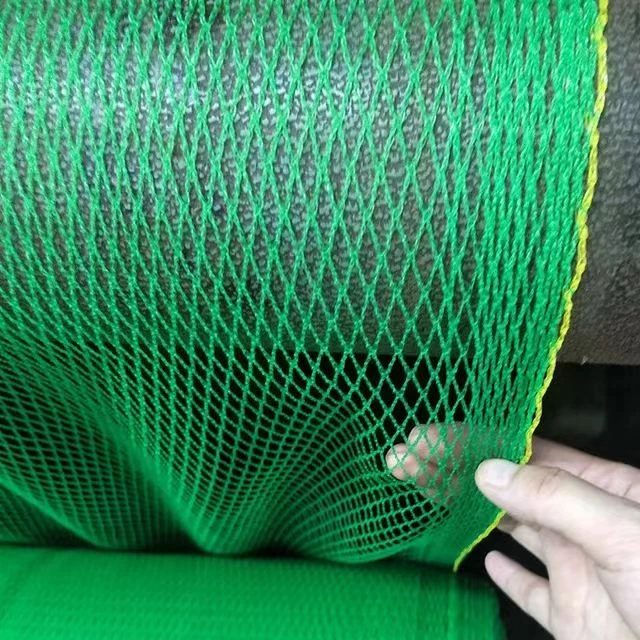
Vendor comparison (what buyers weigh up)
| Vendor | Strength/UV | Lead time | Certs | Notes |
|---|---|---|---|---|
| YJ Wire Mesh (China) | ISO 1806 ≥150–300 N; UV tested | ≈15–30 days | REACH/RoHS, lot traceability | Custom mesh, knotted/knotless, large rolls |
| Generic Importer | Varies; limited UV data | Stock-dependent | Basic compliance | Lower upfront cost; mixed durability |
| Local Landscape Supply | Light-duty; seasonal | Immediate pickup | N/A | Convenient but often 1–2 seasons |
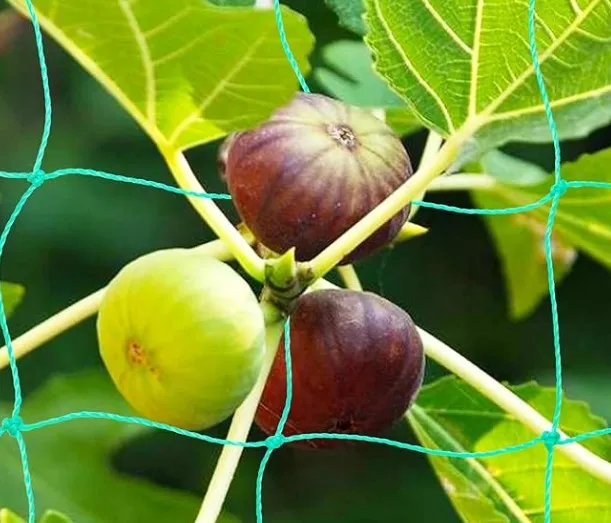
Customization checklist
- Mesh: 15/20/30/40 mm based on target species
- Roll width/length: field-span vs. row-by-row
- Edge finishing: selvedge, eyelets, color tracer yarns
- Knot style: knotted for abrasion; knotless for smoother handling
What buyers report: fewer tears at clip points, easier season-end recovery, and—surprisingly—less fruit sunburn where netting moderates wind. Not a guarantee, but I’ve heard it enough to mention.
Certifications and test notes
Typical documentation includes ISO 1806 mesh-break reports, UV exposure per ASTM G154 or ISO 4892-3, and basic REACH/RoHS declarations. Ask for lot-level data and retention curves; it seems that the better vendors provide them without fuss.
Bottom line
If you need durable bird netting for orchards, vineyards, or light industrial exclusion, the YJ Wire Mesh spec hits the practical notes: UV stability, respectable mesh break numbers, and sane lead times. It’s not the only option, but it’s one I’d short-list.
References
- ISO 1806: Fishing nets — Determination of mesh breaking force and mesh size.
- ASTM G154 / ISO 4892-3: Standard practice for UV exposure of plastics (fluorescent UV lamps).
- USDA APHIS Wildlife Services: Bird Damage Management in Agriculture, Guidance and Case Reports.
-
Anti Hail Net | UV-Stable, High-Strength Orchard ShieldNewsNov.17,2025
-
Anti Bird Netting – UV-Stable, Durable, Humane ProtectionNewsNov.17,2025
-
Welded Wire - Durable, Rust-Resistant Mesh, Custom SizesNewsNov.17,2025
-
Garden Mesh Sun Shade – UV-Resistant, Durable, Custom SizesNewsNov.17,2025
-
Bird in Net Solution: Humane, UV-Resistant Bird NettingNewsNov.17,2025
-
Stainless Steel Filters: Durable, Washable, High-FlowNewsNov.10,2025





